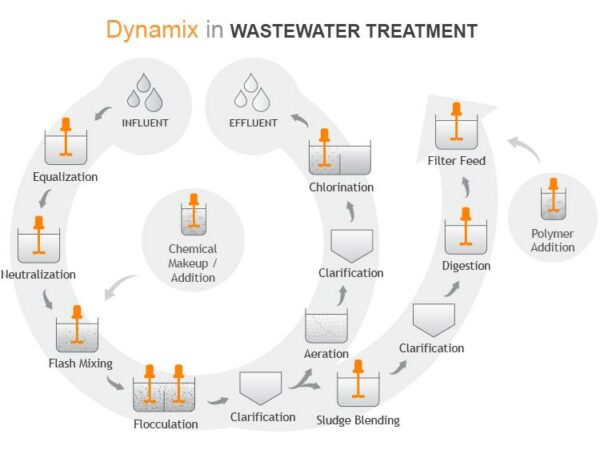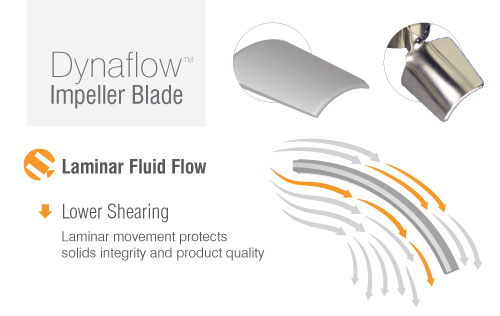
Agitator Design for Wastewater Clarification – Part 1
Clarification on Coagulation Clarification of water using coagulating agents has been practiced since ancient times. The use of alum as a coagulant dates back to the Romans around 77 AD, and by 1757, England was using alum for coagulation in municipal water treatment. This clarification process remains essential in various water treatment disciplines today. In the modern water treatment plant, the use of coagulants to treat wastewater are better understood, which has led to significant optimization of process equipment and chemistry. Coagulation and flocculation are two common unit processes that are designed to remove very small particulate matter by forcing them to clump or stick together so that they will settle out and be removed from the wastewater as “sludge”.



